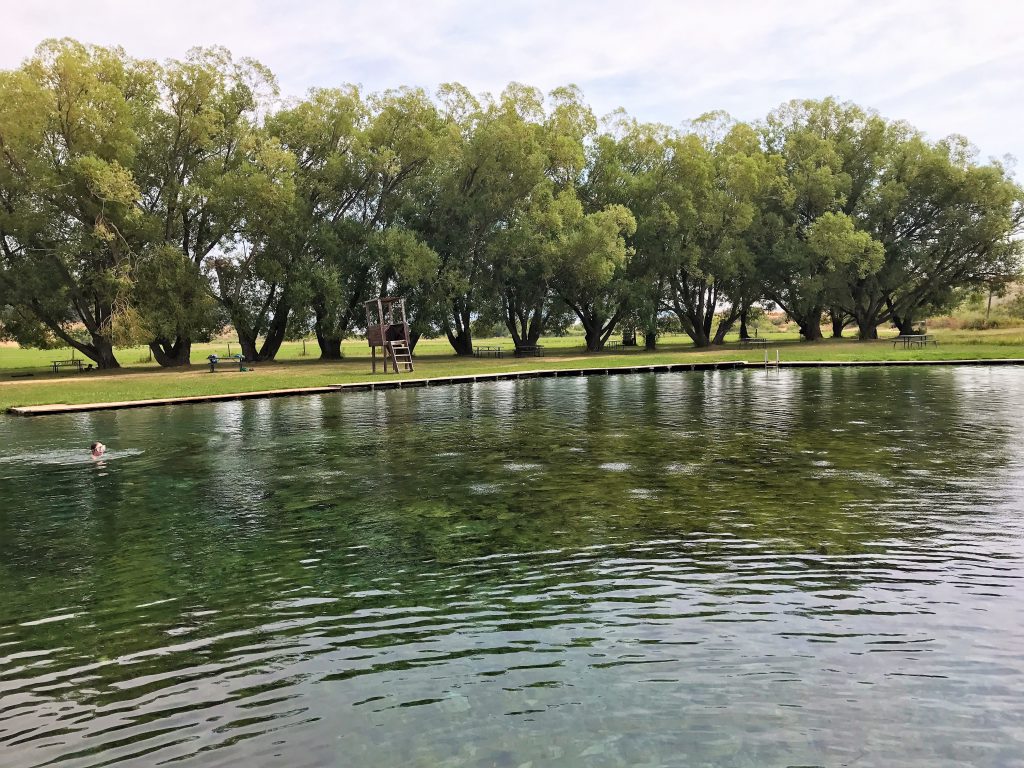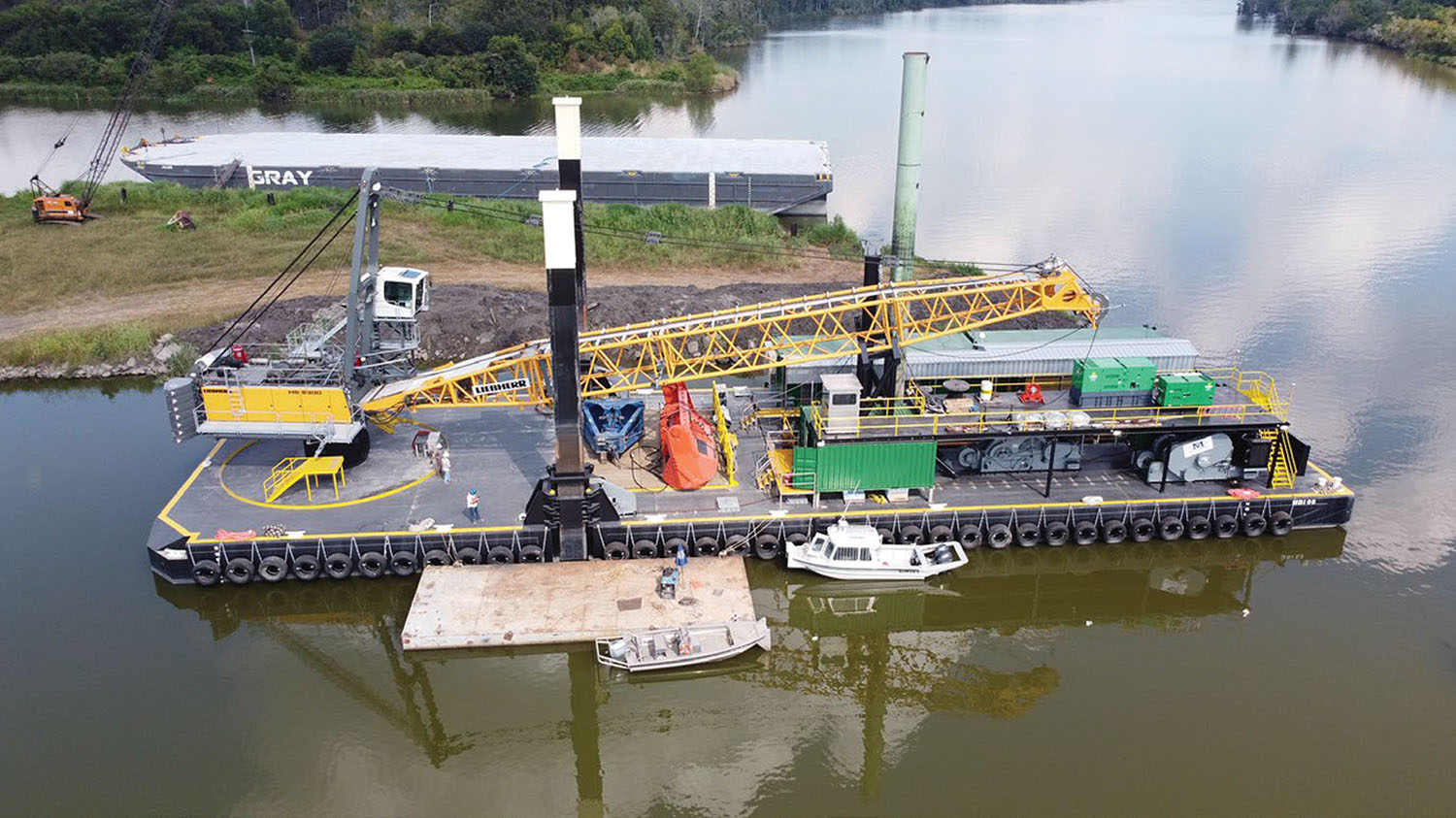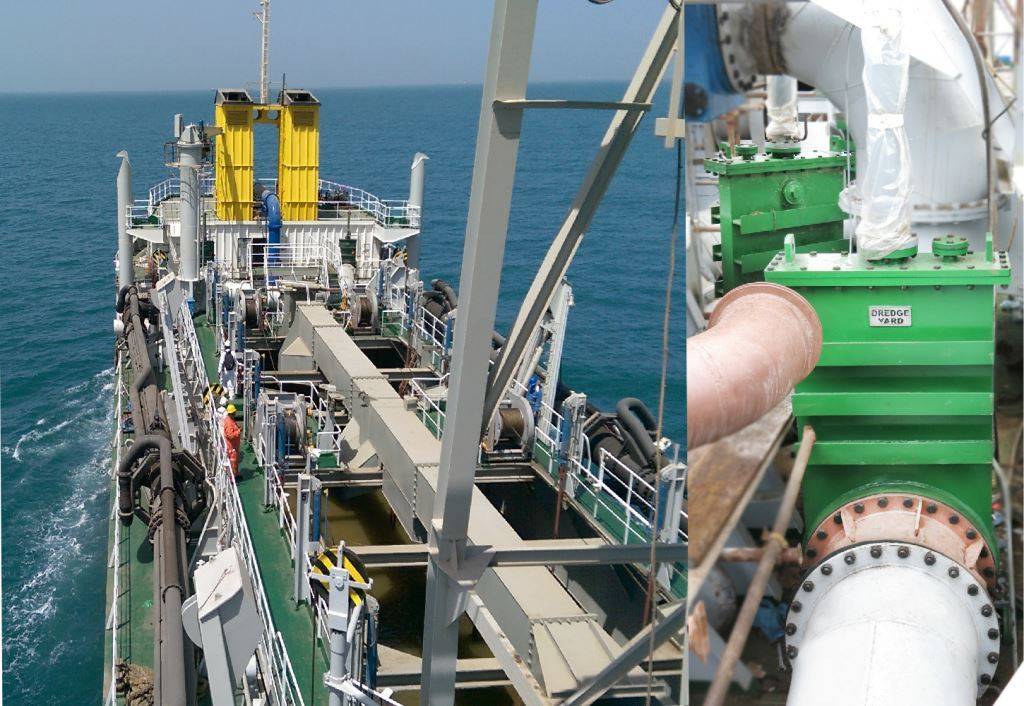

The Policies for In-water and Shoreline Works and Related Activities are enforceable under the authority of the Historic Canals Regulations pursuant to the Department of Transport Act. The use and operation of Historic Canals are managed in accordance with the Historic Canals Regulations. Other work requiring a permit includes: shoreline stabilization and activities such as dredging and the removal of aquatic vegetation. This includes (but is not limited to), the installation, repair, replacement, relocation and removal of: Learn about the different cutterhead options we offer for our excavator pump attachment, cable hanging dredge, and more Browse Our Excavator Pump Attachment. Natural landscapes and habitats compliment the cultural resources and contribute to the environmental quality of the Canals.Īll work on, under and over the bed and waters of the lakes and rivers of the Trent–Severn Waterway requires a permit from Parks Canada. As with all resources administered by Parks Canada, the cultural and natural resources are managed to protect and present the legacy that they represent. The Trent–Severn Waterway and Rideau Canal National Historic Sites of Canada are managed to provide a wide range of benefits to Canadians. Shoreline and In-Water works policy (PDF, 334 KB).In-Water and Shoreline Work Permit (Application and instructions) (PDF, 558 KB).This video highlights the primary topics covered in the paper. A diverse team of researchers produced a paper that details the spread and management of cattail throughout North America ( ). Sediment removal for marinas, boat docks, canals, ponds, golf courses, waterfront property.

Production rates from 10-40 cubic yards per hour. Designed for applications up to 8,000 cubic yards.

Despite the negative impacts, cattail provides beneficial ecosystem services including the reduction of pollution through bioremediation and the production of biofuel material. Today, we proudly manufacture the Mini Dredge in 4 different models to ensure the proper product for each customer's individual needs. Cladium jamaicense: Saw Grass Typha spp.: Cattail Spartina patens: Salt Meadow Grass Spartina cynosuroides: Salt Reed or Giant Cord Grass Note: Freshwater swamps and inland, non-tidal wetlands are not in the CAMA permit jurisdiction, unless the CRC specifically designates them as AECs. Because cattail invasion and expansion often change wetlands in undesirable ways, wetland managers often respond with widespread management efforts, though these efforts may have short-lived or weak effects. In addition, highly competitive nonnative and hybrid taxa have worsened the rapid spread of cattail. Over recent decades, the distribution and abundance of cattail in North America has increased as a result of human disturbances to natural water cycles and increased nutrient loads. Compatible with: Excavator Boom Deployed.

As the blades rotate, the clay is effectively agitated and fed into the dredge pump. These dense stands impact local plant and animal life, biogeochemical cycling, and wetland hydrology, which in turn alter wetland functions. The clay cutterhead attachment is ideal for pumping extremely thick heavy clay at a continuous production rate. By producing an abundance of wind-dispersed seeds, cattail can colonize wetlands across great distances, and its rapid growth rate, large size, and aggressive expansion results in dense stands in a variety of aquatic ecosystems such as marshes, ponds, lakes, and riparian areas. Cattail (Typha) is an iconic emergent wetland plant found worldwide.


 0 kommentar(er)
0 kommentar(er)
